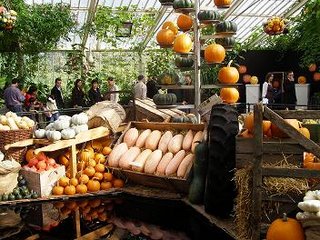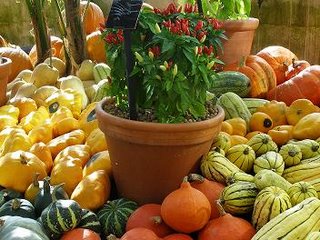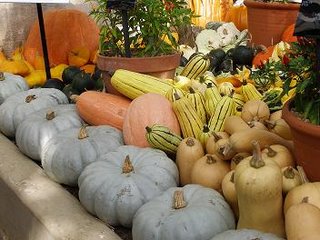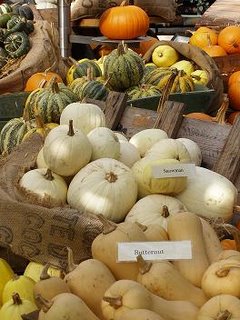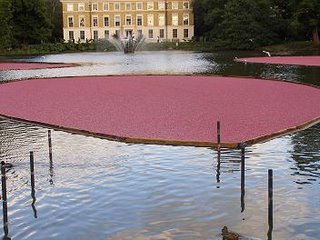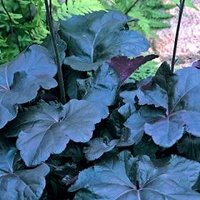I've had to take my uninvited guests in hand this week - in other words, thin out the self-sown seedlings in my borders ruthlessly to allow my other newly-establishing plants enough room to develop properly.
Self-sowers are a wonderful benefit to the garden. In my garden, there are some which just come back every year in greater and greater numbers - usually because the conditions suit them so well.
I'm over-run with Californian poppies, from a batch sown in my first year here and revelling in my dry sandy conditions ever since. I love their sunny orange flowers, and always end up with a few which turn up excitingly different shades from white to pink just to liven things up a bit. But they do form great thickets of seedlings, all deeply rooted with a carrot-like taproot and taking a bit of digging out.
Then there's Phacelia tanacetifolia, again from a few seeds I popped in in the first year I was here (when I relied heavily on annuals while I was waiting to see what else there was in my newly-acquired garden - answer, not much, unfortunately). This is a big, lush, sappy plant with really wierd powder-blue hairy tails for flowers, and grows like mad so it overpowers everything near it. I do love it, but it's done for too many of my more precious plants for me to want to encourage it too much.
Another much-loved self-sower is love-in-a-mist, Nigella damascena. As well as the usual - but nonetheless beautiful - blue, I have a gratifyingly large number which come up that stunning white, sometimes with blue throats, and I just adore them. They are terrible little hussies, though, and scatter seeds indiscriminately and in their thousands.
This year I've also had the delight of a new self-seeder - Cerinthe major "Purpurascens". I germinated about 10 plants of this last year from a free packet of seeds, and fell for them big time. There's something about those big, luxurious mottled leaves and the sultry dark-purple nodding flowers that's a devastating combination. Well - they seem to like it here, which is fantastic, so I've left in a dozen or so where I think they look best, and either moved some of the others or... difficult to do, this, and demands the hardest of gardening hearts... put them on the compost heap.
These are the ones I need to control, though you might also add forget-me-nots which are gradually gaining more and more of a foothold. I'm encouraging them this year, though, because of the newly-planted tulips, so I'm being a bit kinder to them just for this one season.
The others, though, will be subjected to the Christopher Lloyd treatment: he advises weeding out around 99% of your self-seeders, which always seems horribly brutal. I just know I'll congratulate myself come summer, though, when I can enjoy my lovely uninvited guests without cursing their numbers and wanting them to go away and leave my more cultivated party-goers alone.



